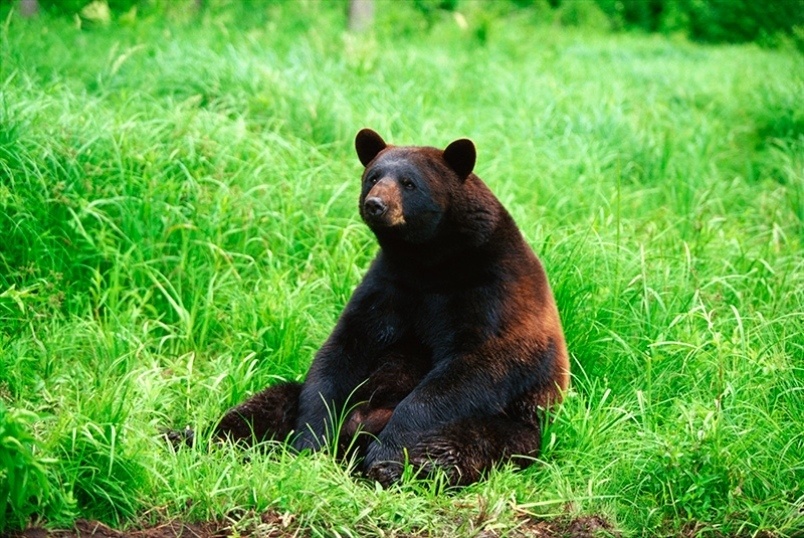It doesn't have to be bad news bears when it comes to compost
One of the biggest barriers for local residents in Eagle County to start their own backyard compost pile, is the concern over attracting unwanted wildlife, particularly bears, to their back door. Waste receptacles around the County are bear proofed to dispel the hungry, furry creatures from getting themselves into our trash and getting themselves into trouble.
But composting, or the aerobic breakdown of organic materials, has been happening for years in places around the Country and in North America that have the same, if not more serious, concerns for bears. There are easy steps you can take to be sure you won't wake up to find a bear enjoying last nights fruits and veggies in your backyard.
Step 1: Be Unattractive
Stop bears from wandering into your neighborhood and yard in the first place. Common bear attractants include:
- Odorous garbage
- Unwashed recycling
- Fruit-bearing plants
- Bird feeders
- Dirty BBQs
- Accessible pet food
- Poorly-maintained compost
Step 2: Work Together
Collaborate with neighbors to ensure that your immediate neighbors follow all the preventative measures to reduce human-bear interactions.
Step 3: Go Big on Brown
Maintain a healthy compost bin to prevent odors that attract bears. The key to a healthy compost bin is equal proportions of brown and green materials. Browns should be added with every single addition of kitchen scraps, covering them completely in layers no more than 4 inches thick. What are good browns?
- Fallen leaves
- Saw dust
- Straw
- Newspaper – torn into strips & crumpled
- Tissue paper or kraft brown paper
- Paper towels or napkins
- Cardboard (toilet paper rolls, egg cartons, corrugated cardboard torn into small pieces)
- Coffee filters
- Dried grass clippings
Step 4: Add Oxygen
Frequent aerating is necessary to encourage the oxygen-loving aerobic bacteria in your bin, especially at the compressed bottom of your heap. Lack of oxygen can result in a smelly compost bin. Aeration is best done with a strong stick. Poke holes all the way down at least every couple of weeks, always finishing off by covering with more browns.
Step 5: Bury Fruit
Large volumes of fruits or other odorous greens should be composted in the following manner to make their odors undetectable: dig a hole in the compost and bury under at least 12 inches of soil.
While they are cute the place to enjoy these beautiful creatures is in the woods, not in our backyards. Stick to these easy steps and ensure your compost pile remains bear-free throughout the year!









